What is LACRIS™-S?
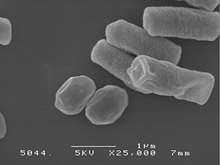
The lactic acid bacterium is a useful microbe whose health benefits are well known.
Lactic acid bacterium has been used in food processing for many years. In addition to the health benefits, it adds flavor and acts as a natural preservative. In 1949, Dr. Oki Nakayama from the University of Yamanashi successfully isolated a species of lactic acid bacteria that forms spores* from green malt and the strain was identified as Bacillus coagulans SANK70258. This species, commonly known as spore forming lactic acid bacteria, is demonstrably superior to general lactic acid bacteria in heat and acid tolerance.
LACRIS-S is the trade name for a proprietary spores preparation of Bacillus coagulans SANK 70258. The preparation was launched in Japan as a probiotic in food categories in 1966 and has been proposed for use as an ingredient in foods for more than half a century.
*Spores are a particular form of the bacterium able to survive in harsh environments, much like the seeds of a plant.
Benefits of spore forming lactic acid bacteria
General lactic acid bacteria have low tolerance to heat and acid, and as such are suitable only for a limited range of processed foods. Spore forming lactic acid bacteria can generate spores and are much more stable, and also more efficient at producing lactic acid. Lactic acid bacteria are thus more suitable for use in a wide range of processed foods and dietary supplements.
B. coagulans SANK 70258 spores preparation was also launched in Japan in 1964 and has a proven track record of safety and efficacy.
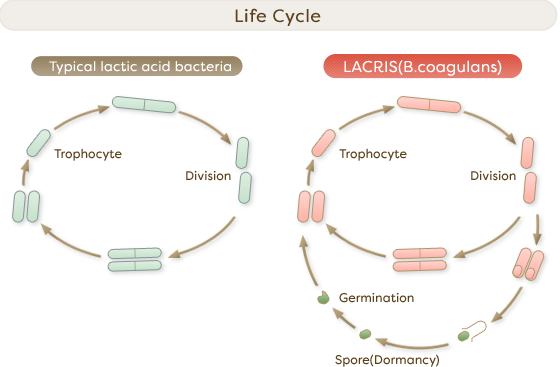
High tolerance to heat
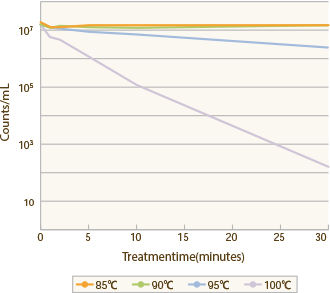
High tolerance to acid
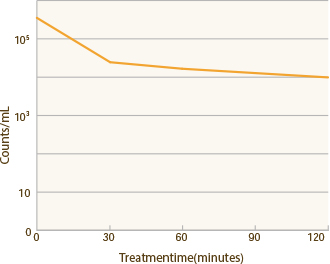
Spore forming lactic acid bacteria in the body
Spores enter via the mouth and pass through to the intestinal tract, where they germinate by stimulation of gastric acids and bile. They then begin to proliferate in the form of active trophocyte and produce lactic acid via lactic fermentation.
In the absence of ongoing ingestion of spore forming lactic acid bacteria, the cells begin to die off within about a week and are excreted.
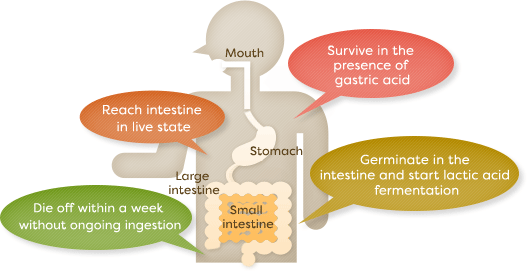
Specifications of LACRIS-S
| Test Item | Standard |
|---|---|
| Description | White to light yellow powder having a unique oder. |
| Identification | Conforms |
| Heavy metals (as Pb) | Not more than 20 μg/g |
| Arsenic (as As2O3) | Not more than 1 μg/g |
| Loss on drying | Not more than 8.0% |
| Lactic acid producing ability | Not less than 10 ml |
| Spore of Bacillus coagulans | Not less than 5.0 X 109 counts/g |
| Microorganisms | |
| Total bacteria | Not less than 1 X 103 counts/g |
| Fungus | Not less than 5 X 102 counts/g |
| Coliforms | Negative |
